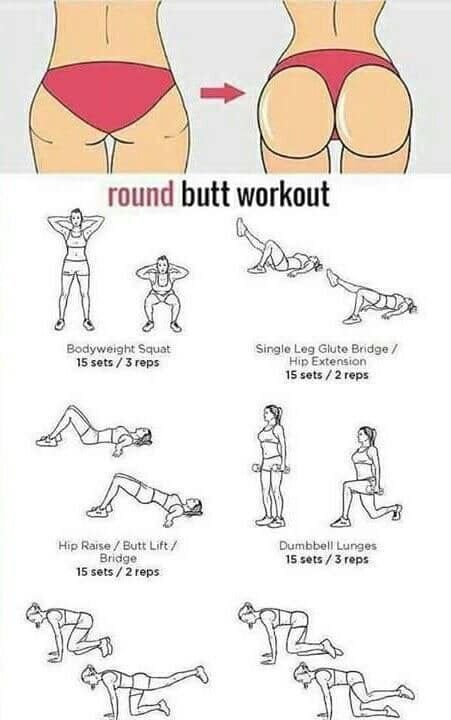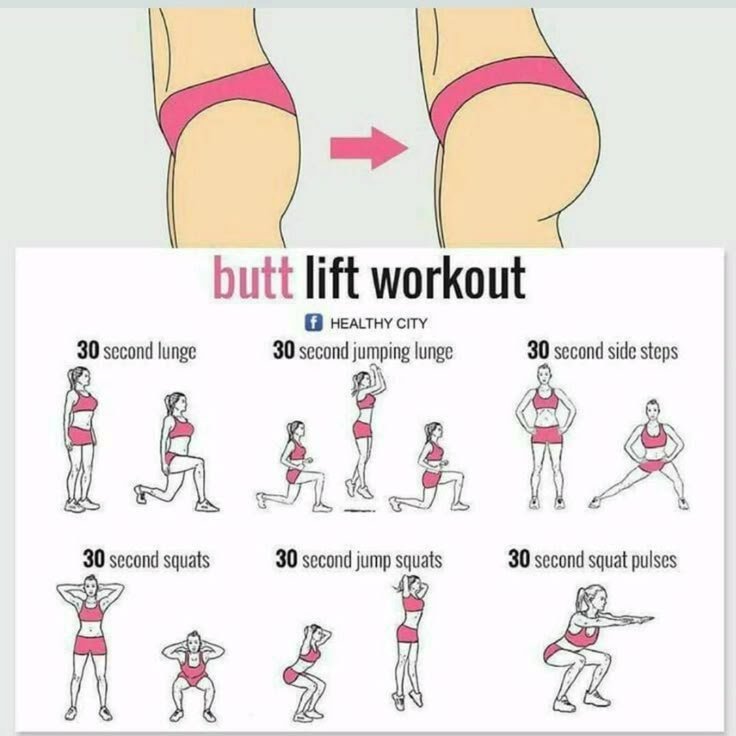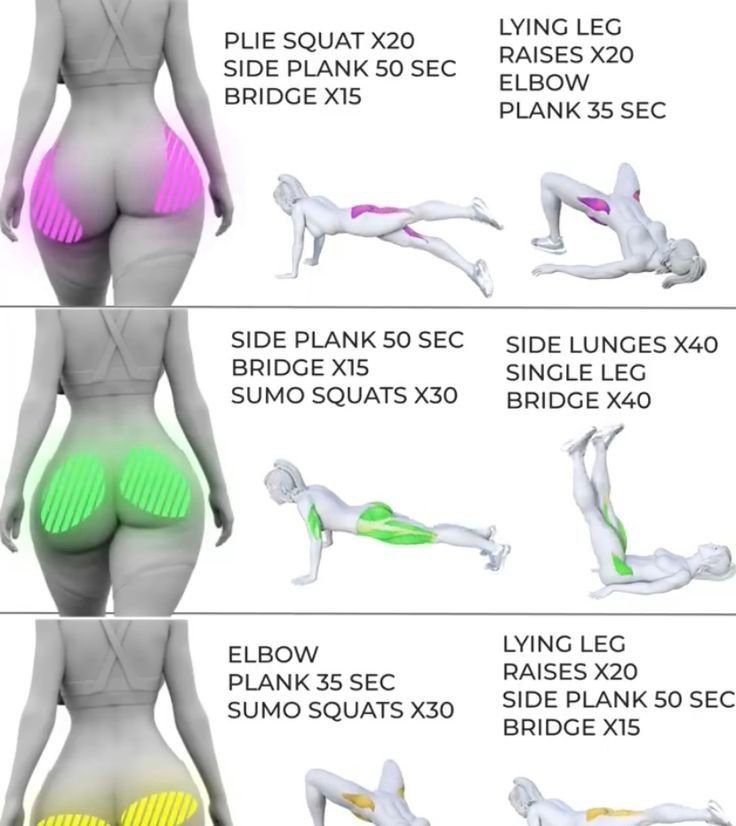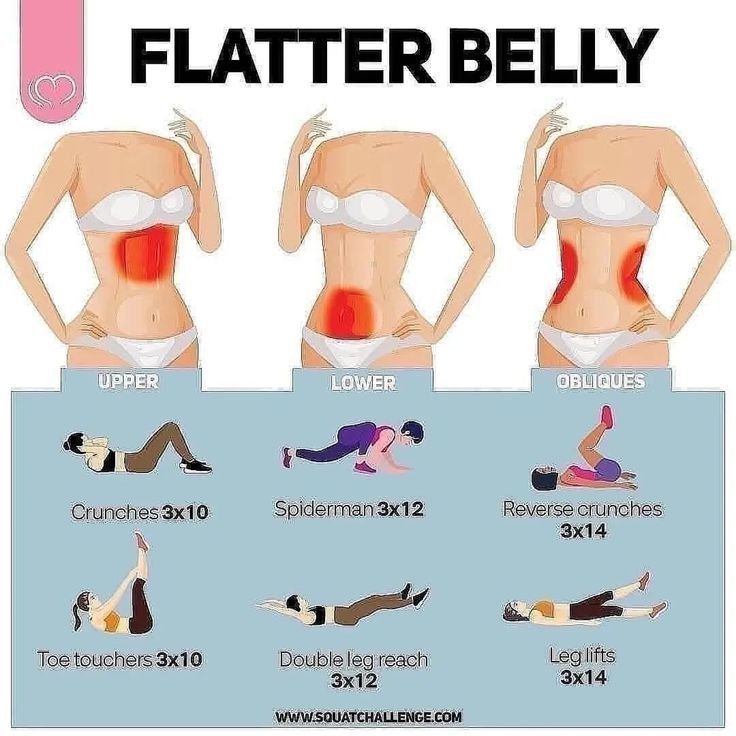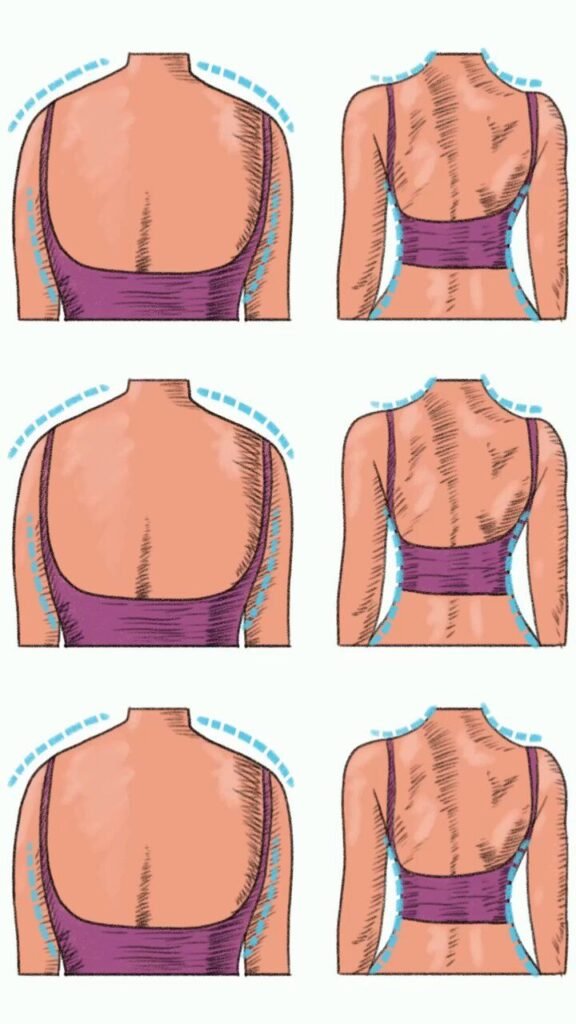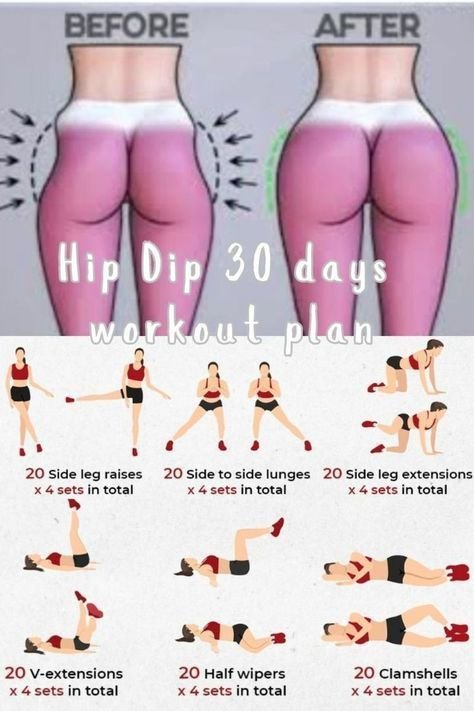So many people have high blood pressure that we might almost think it’s okay. The 140/90 number on the blood pressure monitor doesn’t worry many people. But that’s a great pity, because elevated blood pressure in the blood vessels – expertly called hypertension, increases the risk of heart attack, stroke and other health problems. Overall, it contributes greatly to cardiovascular disease, the world’s leading cause of death.
In doing so, it is a problem that can often be waved away quite easily. Did your doctor measure high blood pressure and you don’t know what to do about it? Let’s take a look together at what to do to get it under control.
What is blood pressure and why should we care?
Blood pressure is simply the pressure that blood exerts on the walls of blood vessels. The one we can measure with a blood pressure monitor is specifically the pressure in the arteries (the blood vessels that carry blood from the heart towards the body).
Your blood pressure is routinely measured by doctors and you may also measure it yourself at home. But have you ever wondered why it has two numbers? It’s because pressure changes throughout one heart cycle.
- Systolic pressure is the highest pressure of the blood and is produced when the heart contracts, when the heart sends blood into the bloodstream. It is the first number in the pressure value measured on a blood pressure monitor(120/80 mmHg).
- Diastolic pressure is the pressure that blood exerts on the walls of blood vessels when the heart is relaxing and not pumping blood. It is the pressure in the phase between two heartbeats, and it is the number after the slash in the pressure value (120/80 mmHg).
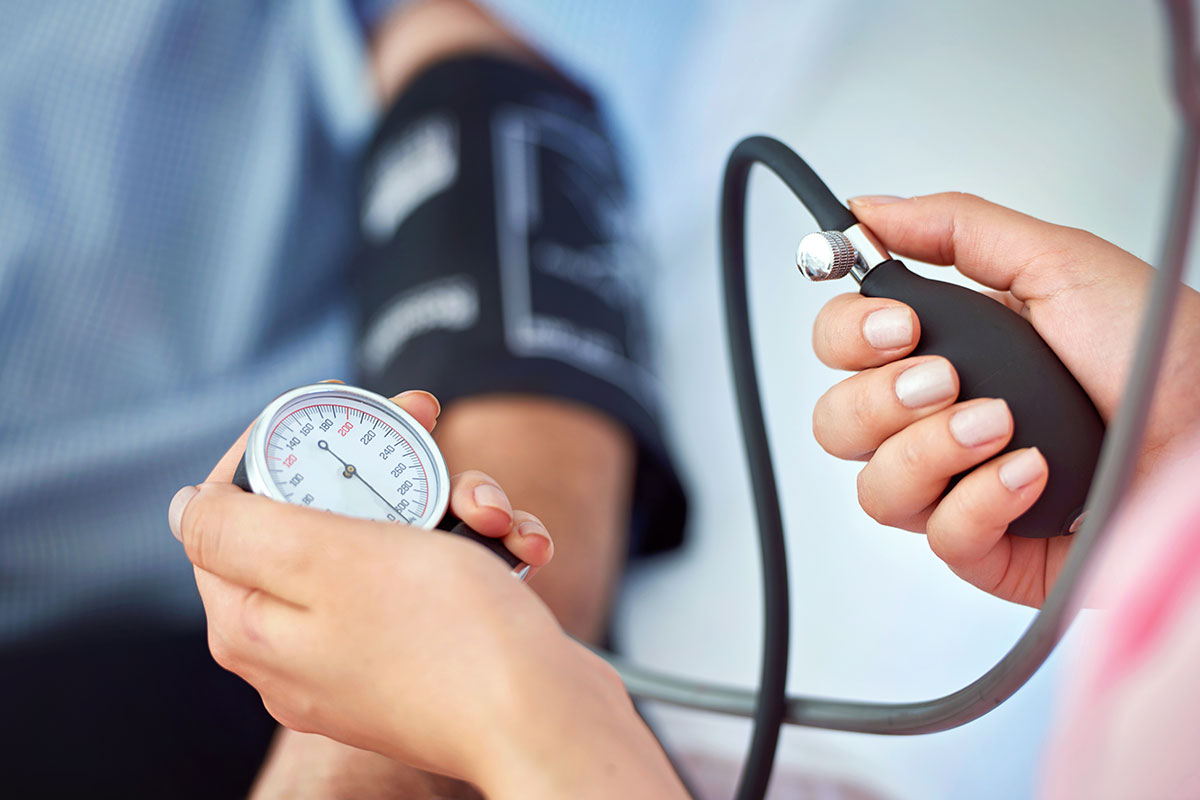
Can blood pressure be dangerous?
If the blood pressure reaches high values, it begins to cause problems. It can damage blood vessels and is one of the main risk factors for cardiovascular disease. According to 2015 data, it is estimated that up to 14% of all deaths worldwide are related to systolic blood pressure ≥ 140 mmHg.
The worst thing about elevated blood pressure is that it usually doesn’t hurt and we don’t need to know about it at all. Therefore, it is good to think about it and check it from time to time.
How does high blood pressure harm us?
We’ve already established that elevated blood pressure increases the chance of developing cardiovascular problems. Specifically, the following health issues may occur, some of which have fatal consequences.
- heart attack
- stroke
- ischaemic heart disease
- heart failure
- kidney failure

How to find out if I have high blood pressure?
High blood pressure (hypertension) is usually discovered by accident. Some people may have headaches, nausea or nosebleeds, for example, but typically these symptoms only become apparent when the pressure is already too high. Until then, it is typically hidden and invisible.
It is therefore advisable to measure it regularly. Typically, it will be checked by your doctor at a preventive checkup that you have once a year or every two years. Ideally, however, you should keep a closer eye on your blood pressure and measure it once a month.
A great way to keep track of your blood pressure is to take regular measurements with a home arm blood pressure monitor. When you want to bring the check to perfection, always measure yourself three times and take its average value into account. As long as you regularly monitor your pressure yourself at home, you’ll be able to intervene quickly when it starts to rise.
What are the values of optimal blood pressure?
A healthy blood pressure is the one that has both systolic and diastolic pressure values in order. When either of these values is higher than the norm for a long time, it can indicate a problem.
| Optimal blood pressure | < 120 | < 70 |
| High normal blood pressure | 120 – 139 | 70 – 89 |
| Hypertension | ≥140 | ≥90 |
You may have noticed that there is no value for low blood pressure in the table. This is because low pressure is not a problem if it does not cause a person difficulties. That’s why the classification doesn’t give a specific threshold – everyone’s pressure becomes too low at a different point, and it’s the symptoms that are important. If someone is not dizzy or weak, even lower pressure can be perfectly normal for them.
Causes of high blood pressure
Some people have high blood pressure written in their genes, while others get it from an improper lifestyle or a disease. Depending on where the main cause of hypertension lies, it is divided into two different types.
- Secondary hypertension arises as a consequence of another disease, for example, kidney disease.
- Primary hypertension has no known clear cause, but lifestyle factors (diet, exercise, etc.) and genetics play a major role. About 90% of people with high blood pressure have this type.
What lifestyle factors promote the development of high blood pressure?
When high blood pressure is caused by lifestyle, it is a combination of several factors. Each of them acts through a different mechanism.
- Improper nutrition can, for example, create an environment for hypertension through excessive intake of calories, unhealthy fats or, on the contrary, a lack of fibre.
- A high intake of salt and the sodium it contains promotes water retention in the body, increasing blood volume and pressure on the walls of blood vessels.
- Low potassium intake impairs sodium excretion.
- Alcohol consumption activates stress hormones and increases the activity of the sympathetic nervous system. This part of the nervous system cannot be controlled by will and its role is to prepare the body for action, which includes an increase in heart rate and blood pressure.
- Lack of physical activity impairs blood vessel elasticity and blood flow.
- Overweight and obesity increase the pressure on blood vessels due to the amount of body fat.









